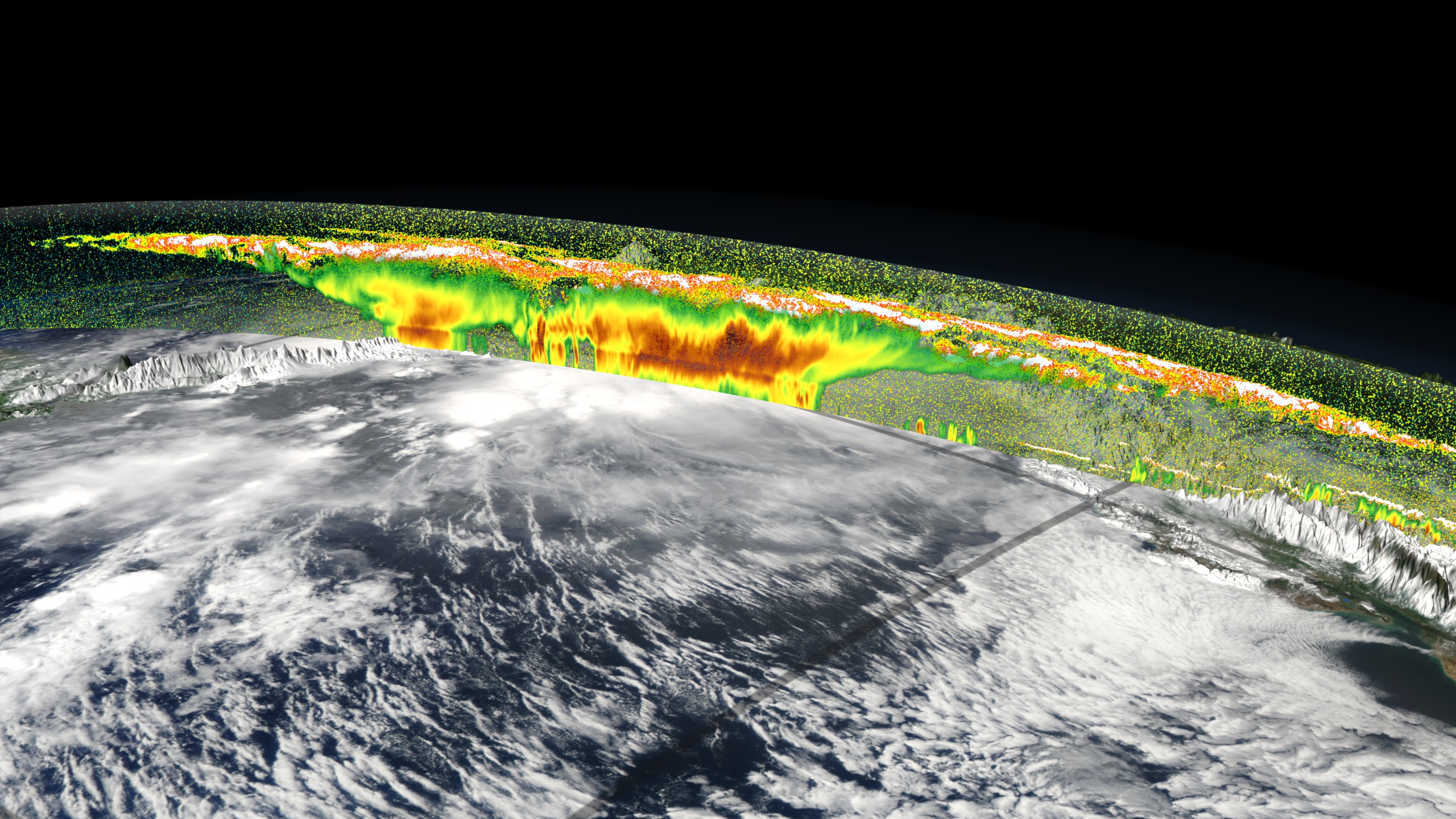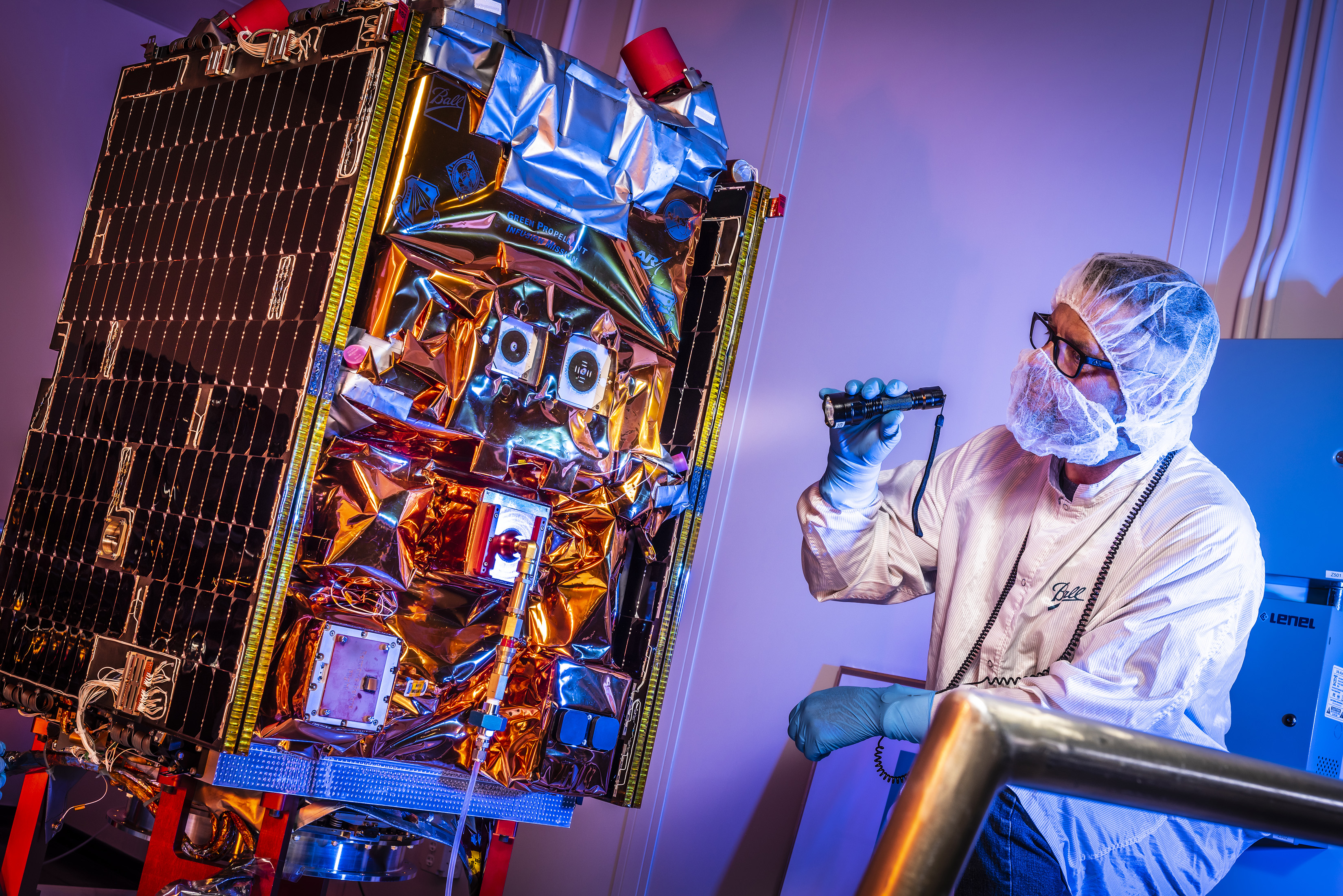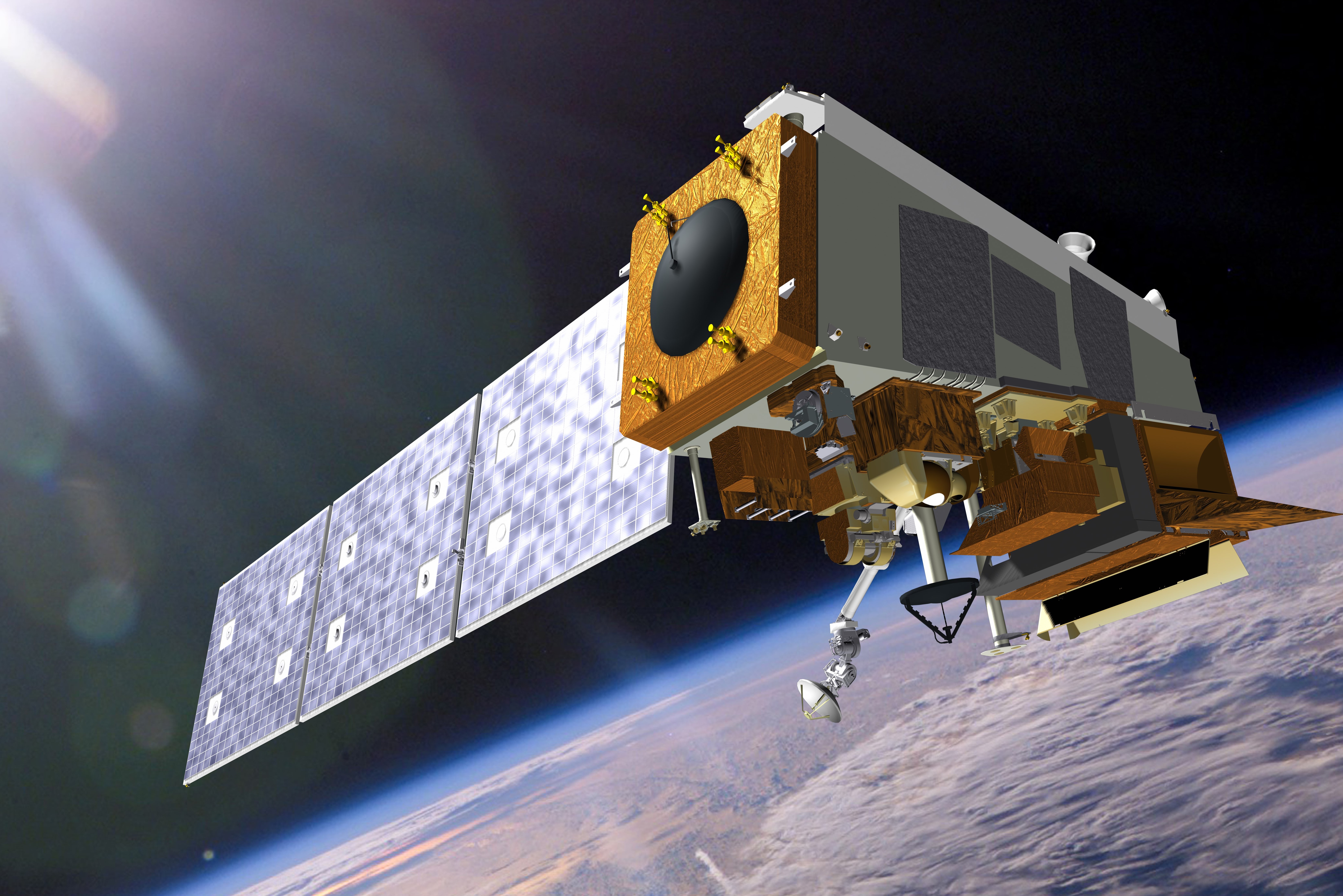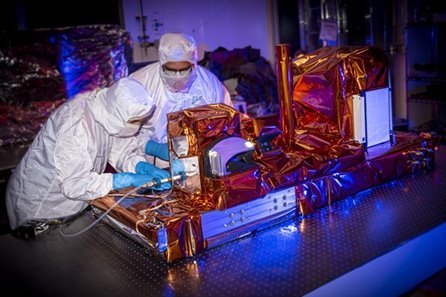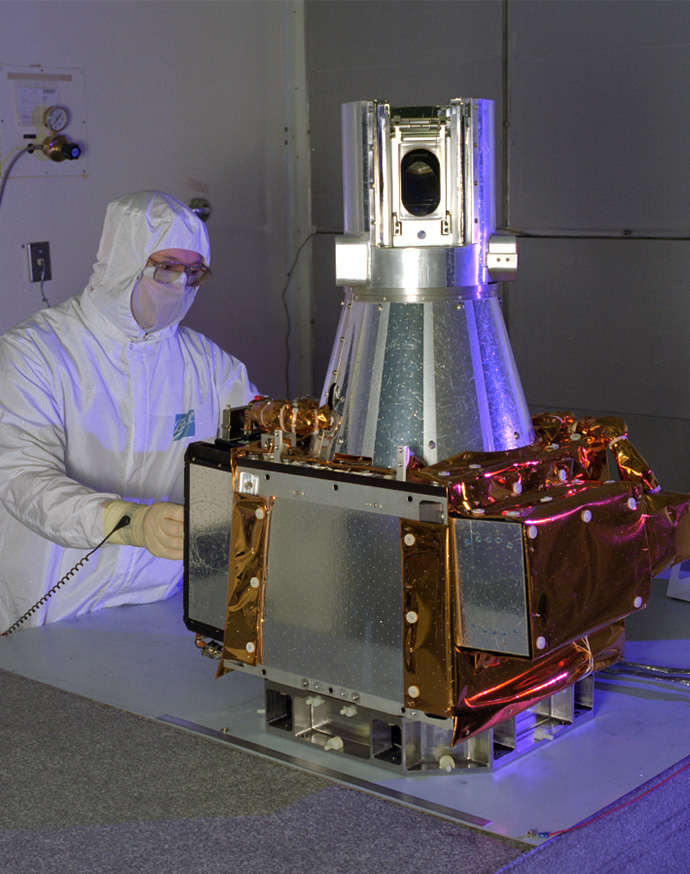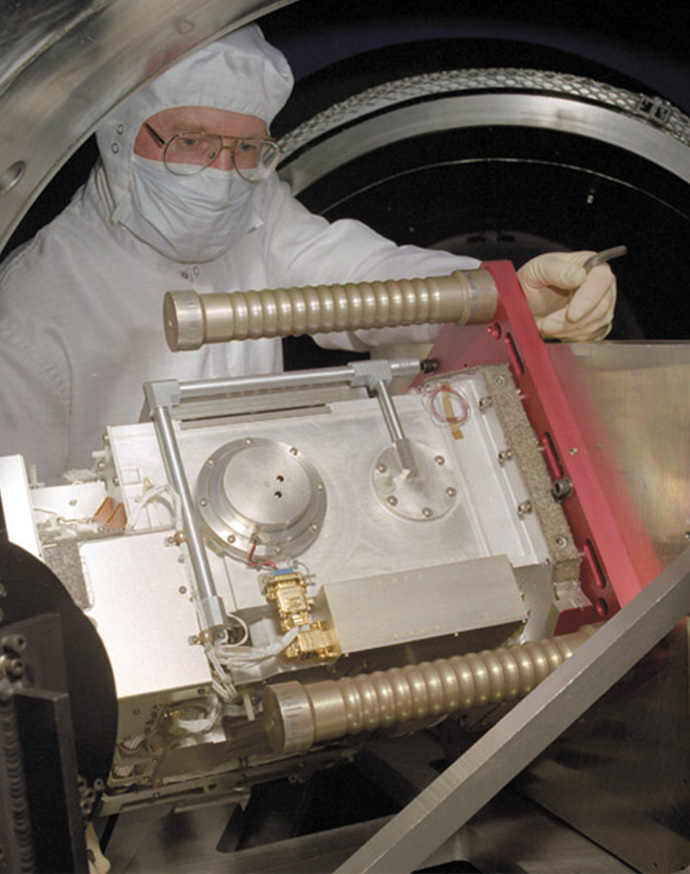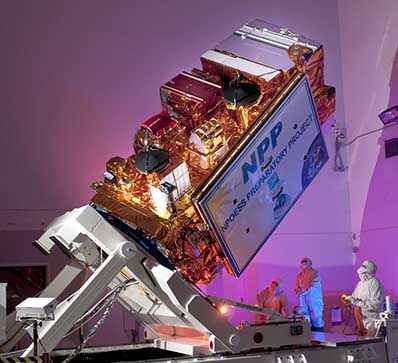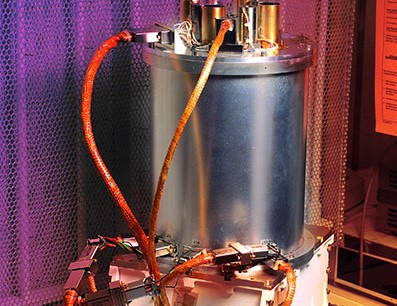
Tracking Weather & Climate
Monitoring Air Pollution
When climatologists need more accurate data and weather forecasters want to predict days in advance, we’re their go-to partner. Flying on our spacecraft, instruments like TEMPO, GMI and CALIPSO gather extremely accurate data on pollution, precipitation and the impacts of clouds and aerosols on Earth’s climate.
Geostationary Environment Monitoring Spectrometer
Download to learn more about how GEMS can measure tropospheric pollution from space.
MethaneSAT
Learn about how MethaneSAT will locate and measure methane emissions across the globe.
Detailed Data, Actionable Environmental Intelligence
Protecting Communities, Benefiting Our Economy and Security
Our extensive heritage in operational weather systems includes lead roles on the Suomi National Polar-orbiting Partnership (Suomi NPP) and NOAA-20 satellites. They launched in 2011 and 2017 respectively and have demonstrated exceptional performance as NOAA’s primary polar orbiting weather and environmental satellites.
Weather & Environment
Next Generation Weather Systems
An Industry Leader in Operational Weather Technology

Operational environmental satellites play a key role in protecting the public and the economy by collecting critical observations of the atmosphere, ocean and land surface. Satellite observations drive the Nation’s prediction systems used by public agencies and private companies to forecast daily weather and extreme weather events. As stakeholders decide what the next generation of space-based operational weather systems will look like, Ball has focused internal resources on developing technologies and mission solutions that are aligned with the priorities of our partners, including NOAA and the Department of Defense.
In June 2020, NOAA selected Ball Aerospace for four, six-month study contracts that will inform mission, spacecraft and instrument concepts for future operational weather architectures and Earth observation capabilities. Ball is also collaborating on a fifth study contract. Several of the studies further ongoing internal development work under our Ball Operational Weather Instrument Evolution (BOWIE) initiative.
The five study contracts include:
- Auroral Imager in a Tundra orbit instrument concept
- BOWIE Microwave Sounder instrument concept
- BOWIE Compact Hyperspectral Infrared Observations (CHIRO) instrument concept
- BOWIE Low-Earth Orbit (LEO) IR Sounder instrument concept
- Joint LEO Sounding Mission Study mission concept
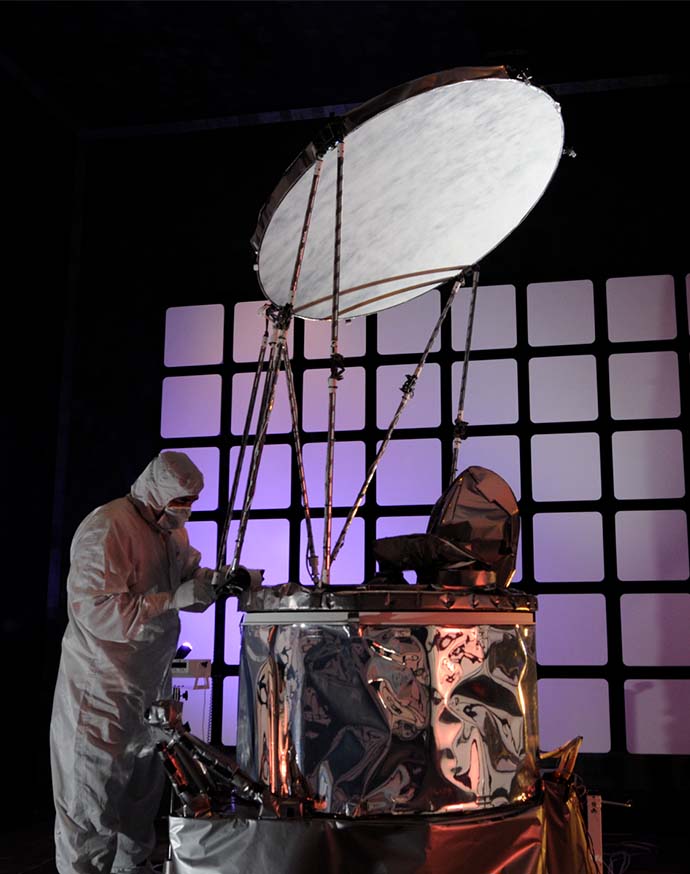
Global Precipitation
The Gold Standard
GMI measures small precipitation particles in the atmosphere while a companion instrument built by Japan Aerospace Exploration Agency provides a 3D view of a column of precipitation. Together, the instruments give scientists an unprecedented and highly accurate view of small precipitation particles, making forecasts more accurate. GMI’s high accuracy has set a “gold standard” for calibrating the other instruments in the eight-satellite GPM constellation. With a three-hour data refresh, the GPM constellation can feed timely data into Numerical Weather Prediction models, enabling forecasters to issue earlier and improved weather predictions.
GPM Microwave Imager

Cloudsat

GEMS/TEMPO
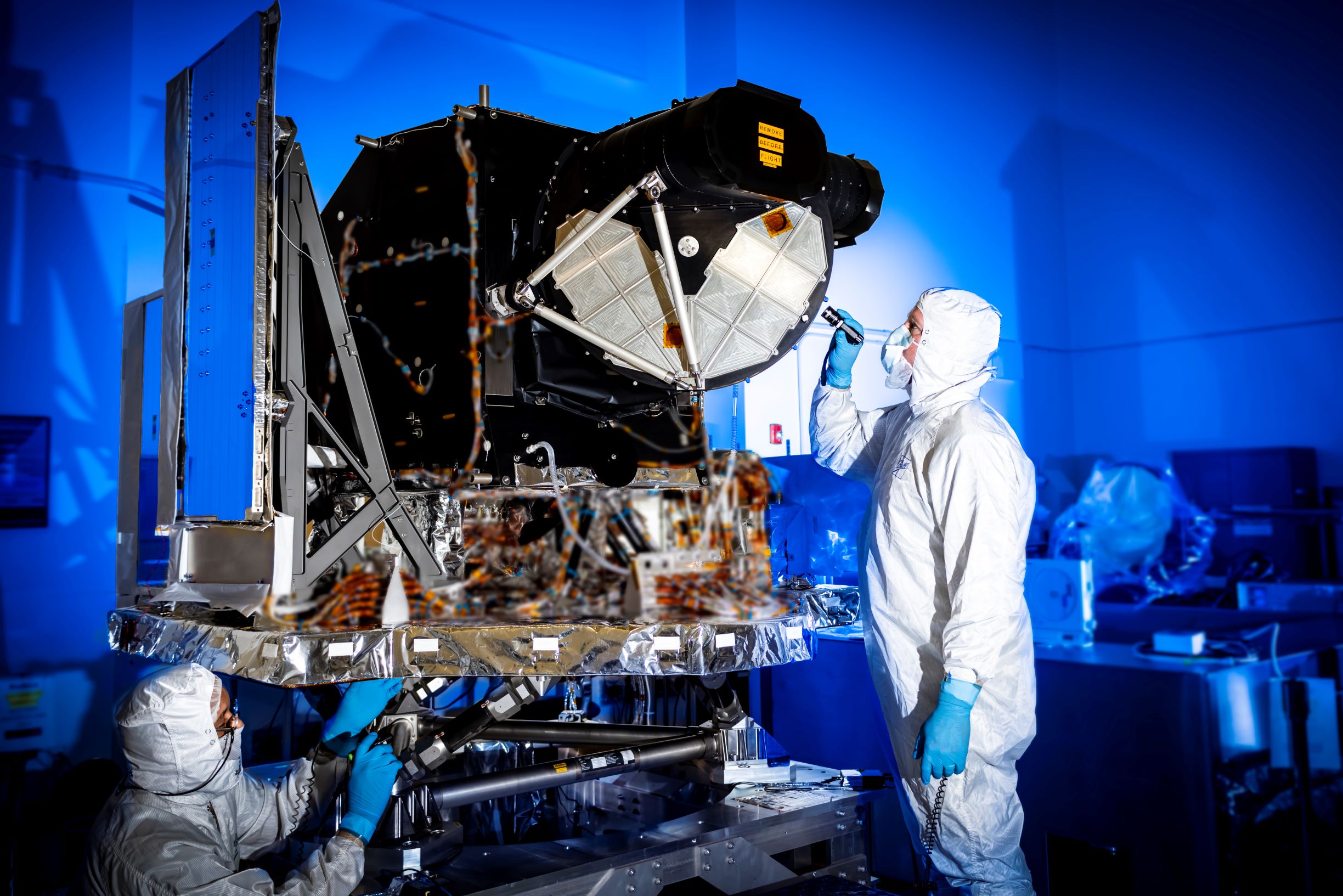
Landsat/OLI
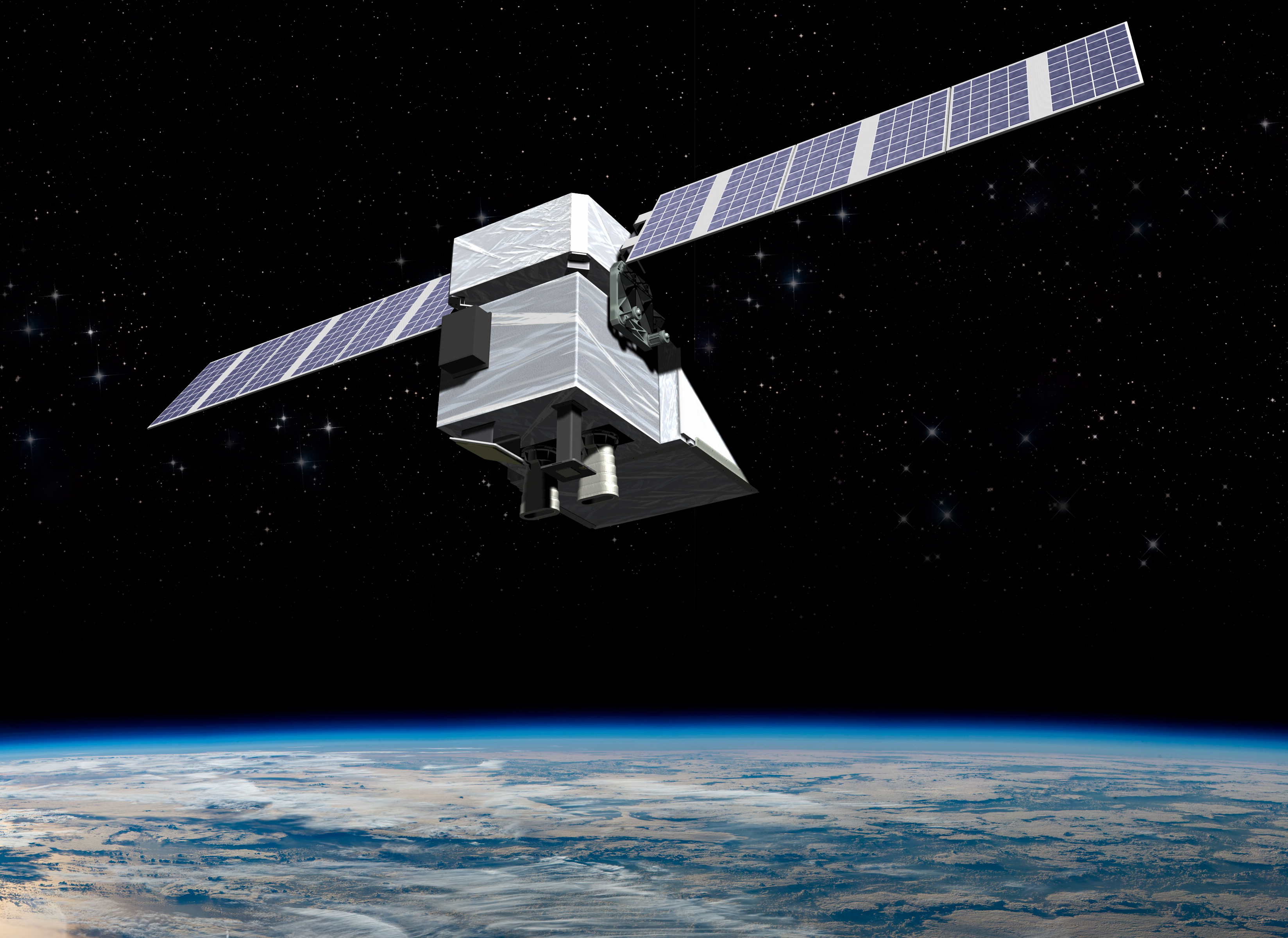
MethaneSAT
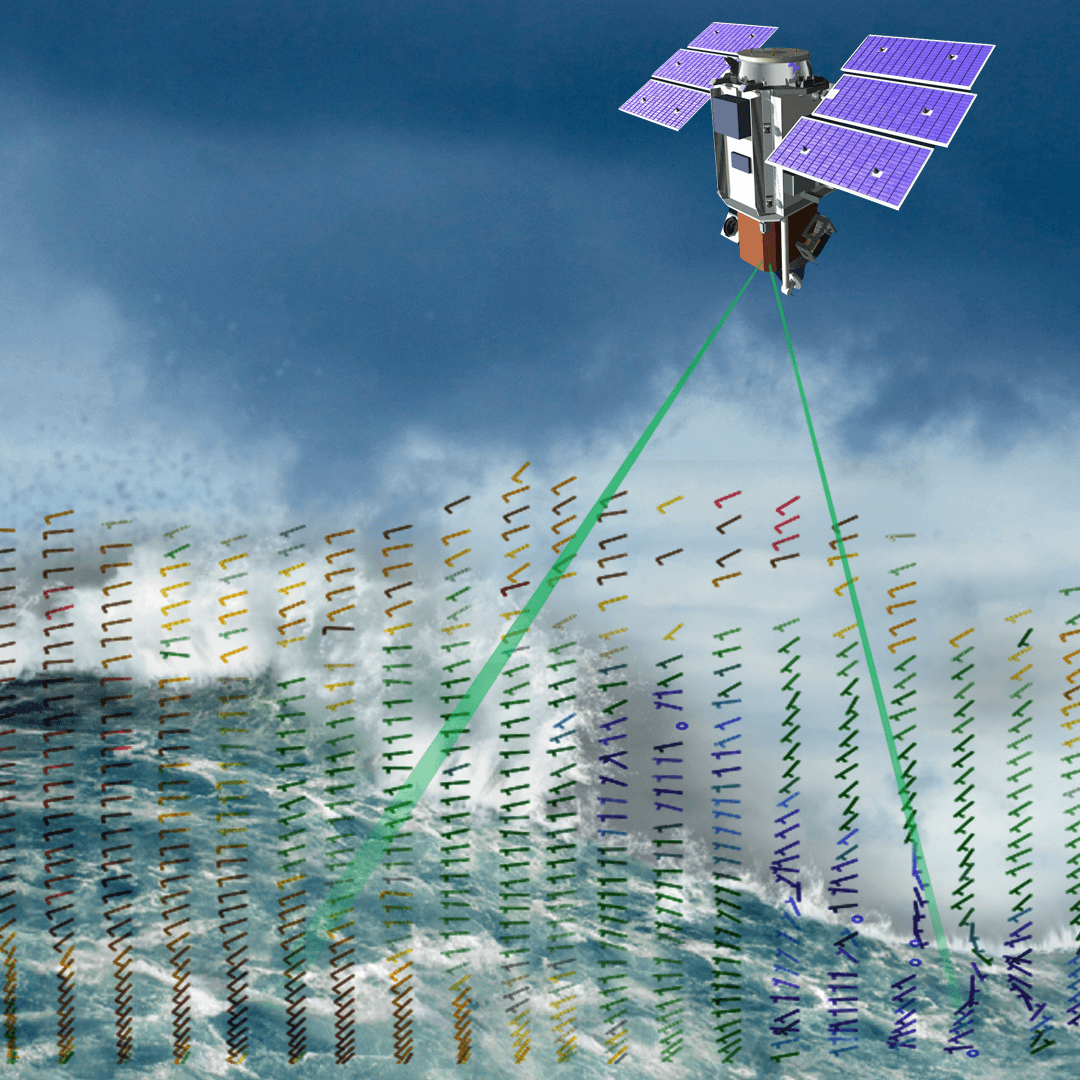
OAWL - Wind LIDAR
applications.


